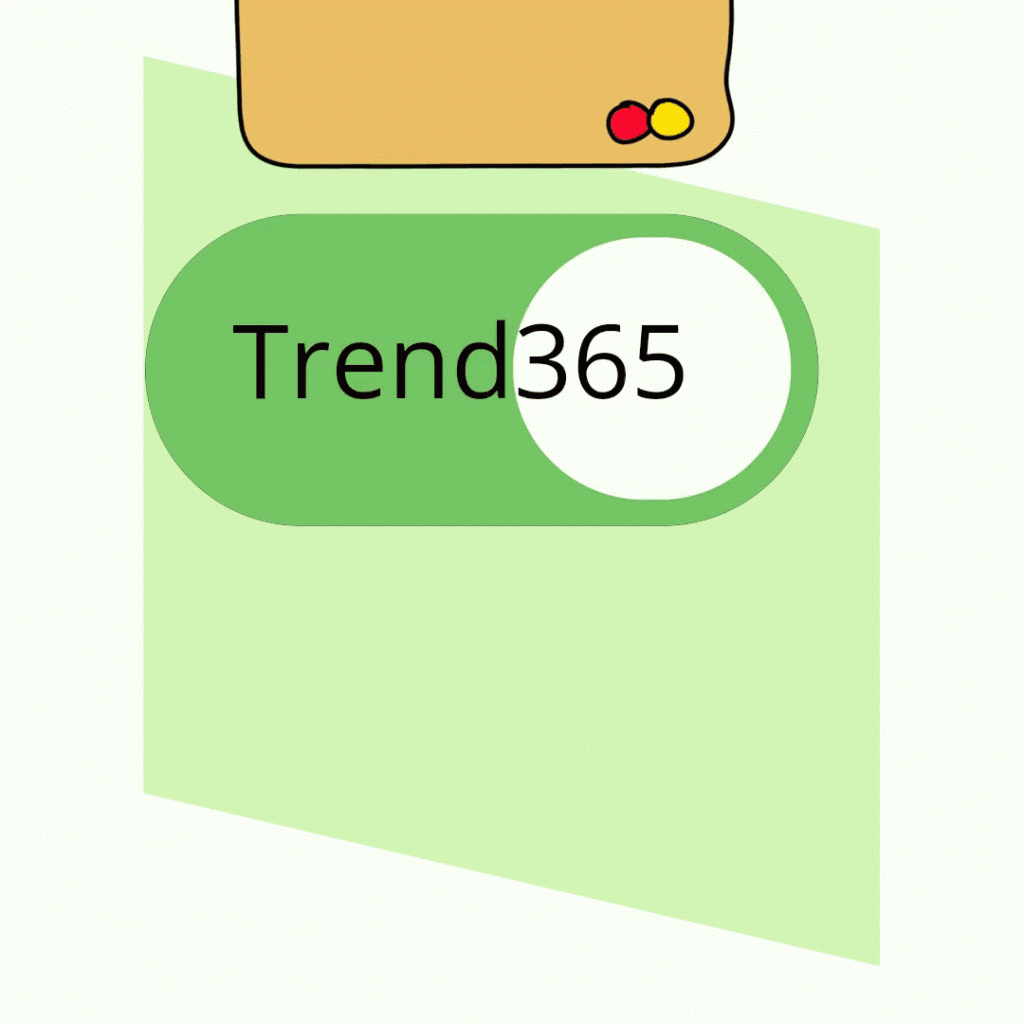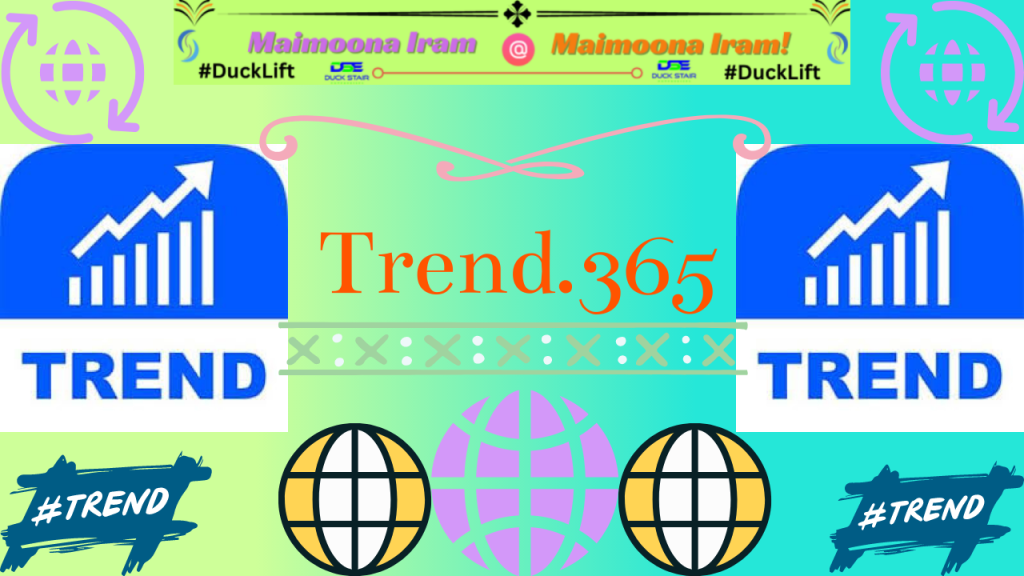

Trend.365
Duckstairs Events Global are Going to launch and Introduce Trend.365, in this Section Duckstairs will collect and share data of 1 Year/365 Days, On Record Happenings throughout the year, and date voice. We are going to start publishing data from 1 January till 31 December.
Dynamics of Trends:
Trends refer to the general direction in which something is developing or changing over time. They represent prevailing patterns, tendencies, or shifts that influence various aspects of society, culture, economics, technology, fashion, and other domains. Trends can emerge from a variety of sources, including societal attitudes, technological advancements, cultural movements, economic factors, and environmental changes.
Meta of Trends:
“Trends is your go-to source for staying informed on the latest developments across industries, from technology and fashion to health and finance. Explore our curated insights and analyses to anticipate the future and adapt to ever-evolving trends.”
Meta trends are overarching patterns or movements that influence various aspects of society, technology, economics, and culture over extended periods. They are typically characterised by their long-lasting impact and ability to shape multiple domains. Here are some examples of meta trends:
1- Digitalization:
The pervasive integration of digital technology into all aspects of life, including communication, commerce, entertainment, and education. This trend encompasses the rise of the internet, mobile devices, social media, and the Internet of Things (IoT).
2- Globalisation:
The increasing interconnectedness of economies, cultures, and societies worldwide. Globalisation facilitates the flow of goods, services, information, and people across borders, leading to greater interdependence and cultural exchange.
3- Urbanisation:
The ongoing migration of people from rural areas to cities, resulting in the growth and expansion of urban centres. Urbanisation is driven by factors such as economic opportunities, better infrastructure, and access to services, leading to significant demographic shifts.
4- Sustainability:
The growing awareness and emphasis on environmental conservation, resource efficiency, and social responsibility. Sustainability trends include renewable energy adoption, waste reduction, ethical consumerism, and corporate sustainability practices.
5- Demographic Shifts:
Changes in population demographics, such as ageing populations, urbanisation, and migration patterns. These shifts have profound implications for healthcare, labour markets, social welfare systems, and cultural dynamics.
6- Automation and AI:
The increasing integration of automation, artificial intelligence (AI), and robotics into various industries and sectors. This trend affects job markets, productivity, and the nature of work, leading to both opportunities and challenges for individuals and organisations.
7- Health and Wellness:
The growing focus on personal health, well-being, and lifestyle choices. Health and wellness trends include fitness, nutrition, mental health awareness, holistic medicine, and the wellness tourism industry.
8- Disruptive Innovation:
The rapid pace of technological innovation and its disruptive effects on traditional industries and business models. Disruptive innovations often lead to the creation of new markets, products, and services while displacing existing ones.
Understanding meta trends can help individuals, businesses, and policymakers anticipate future developments, adapt to changing circumstances, and identify opportunities for innovation and growth.
Types of Trends:
Trends are often identified through observation, analysis of data, market research, and tracking of behaviours or preferences over time. They can manifest in different forms, such as:
1- Consumer Trends:
Changes in consumer behaviour, preferences, and purchasing habits. These can include shifts towards specific products, services, brands, or shopping channels.
2- Social Trends:
Patterns of behaviour, beliefs, or attitudes within society. Social trends may involve changes in cultural norms, societal values, lifestyle choices, or demographic shifts.
3- Technology Trends:
Advancements and innovations in technology that shape the way people interact, work, and live. Technology trends can include developments in areas such as artificial intelligence, robotics, digital communication, and renewable energy.
4- Fashion Trends:
Evolving styles, designs, and preferences in clothing, accessories, and aesthetics. Fashion trends are influenced by cultural movements, celebrity endorsements, designer creations, and consumer tastes.
5- Business Trends:
Changes in business practices, strategies, and market dynamics. Business trends may encompass shifts in industry regulations, emerging business models, disruptive innovations, and global market trends.
Understanding trends is essential for businesses, policymakers, marketers, and individuals to anticipate changes, identify opportunities, and adapt strategies accordingly. By staying informed about current and emerging trends, stakeholders can better position themselves to navigate an ever-evolving landscape effectively.
Across Domain Trends:
Here are some trends across different domains:
Technology Trends:
Artificial Intelligence and Machine Learning
Internet of Things (IoT)
5G Technology
Cybersecurity Innovations
Augmented Reality (AR) and Virtual Reality (VR)
Edge Computing
Business Trends:
Remote Work and Flexible Work Arrangements
E-commerce and Digital Retail
Sustainability Practices in Business Operations
Personalization and Customer Experience Enhancement
Gig Economy and Freelancing
Blockchain Technology in Supply Chain Management
Fashion Trends:
Sustainable Fashion and Ethical Clothing
Gender-neutral Fashion
Vintage and Retro Styles
Tech-infused Fashion (e.g., wearable technology)
Inclusive Sizing and Body Positivity
Athleisure Wear
Health and Wellness Trends:
Mental Health Awareness and Support
Telemedicine and Remote Healthcare Services
Plant-based Diets and Veganism
Mindfulness and Meditation Practices
Holistic Wellness Retreats
Wearable Fitness Technology
Social and Cultural Trends:
Diversity, Equity, and Inclusion Initiatives
Online Communities and Digital Subcultures
Activism and Social Justice Movements
Remote Learning and Online Education
DIY and Home Improvement Projects
Cultural Fusion and Globalization of Cuisine, Music, and Art
Environmental Trends:
Renewable Energy Adoption
Zero-Waste Lifestyles and Circular Economy Practices
Sustainable Transportation (e.g., Electric Vehicles)
Green Architecture and Eco-friendly Building Materials
Conservation and Biodiversity Protection Efforts
Plastic Reduction Initiatives